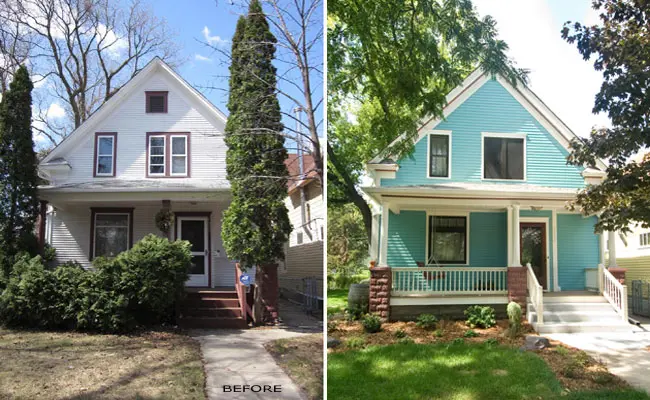Property Preservation: Protecting and Maintaining Real Estate Assets
Property preservation is a critical aspect of the real estate industry, often referred to as the unsung hero. It involves the upkeep and maintenance of vacant or abandoned properties to ensure they remain in good condition, both aesthetically and structurally. This vital process not only benefits property owners and investors but also communities and neighborhoods as a whole.
Why Property Preservation Matters:
- Preventing Decay: Abandoned or vacant properties are susceptible to deterioration over time due to neglect, weather, vandalism, and unauthorized occupation. Property preservation ensures that these structures remain intact and habitable.
- Community Well-Being: Neglected properties can have a detrimental impact on the surrounding community. They can attract criminal activity, lower property values, and become eyesores. Property preservation helps maintain the integrity and attractiveness of neighborhoods.
- Compliance and Safety: Property preservation teams ensure that properties are in compliance with local building codes and safety regulations. This helps prevent accidents and legal issues related to unsafe structures.
- Asset Protection: Property owners, including banks, lenders, and investors, benefit from property preservation as it safeguards their investments. Well-preserved properties are more likely to retain or increase in value.
Key Components of Property Preservation:
- Regular Inspections: Property preservation companies conduct regular inspections to identify maintenance needs, security concerns, and potential issues.
- Securing Properties: This involves changing locks, boarding up windows and doors, and installing security systems to prevent unauthorized access.
- Lawn Maintenance: Keeping lawns and landscaping in check to prevent overgrowth and maintain curb appeal.
- Repairs and Renovations: Addressing necessary repairs, such as plumbing or roofing issues, to prevent further deterioration.
- Cleaning and Debris Removal: Removing trash, debris, and hazardous materials from the property’s interior and exterior.
- Winterization: Protecting properties from cold weather damage by insulating pipes and sealing windows and doors.
- Documentation: Keeping detailed records of property conditions, maintenance activities, and expenses.
Challenges and Rewards:
Property preservation can be challenging due to the diverse range of properties and conditions encountered. Moreover, navigating local regulations and addressing complex issues like mold remediation or structural damage requires expertise.
However, the rewards are significant. Property preservation not only protects investments but also contributes to revitalizing communities. When a well-preserved property is eventually sold or rented, it positively impacts the local housing market and the overall quality of life for residents.
In essence, property preservation is an essential service that plays a pivotal role in maintaining the integrity of neighborhoods, safeguarding investments, and ensuring that real estate assets remain valuable for years to come. It is a silent but vital force in the world of real estate, quietly working behind the scenes to protect our communities and the value of our properties.


:max_bytes(150000):strip_icc():focal(674x619:676x621)/Kentucky-Flooding-073022-01-41321117ea5c47f58cdb9fbf6dadde1a.jpg)

